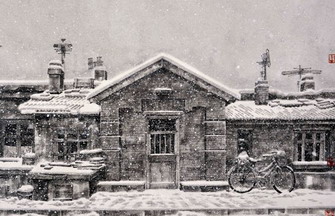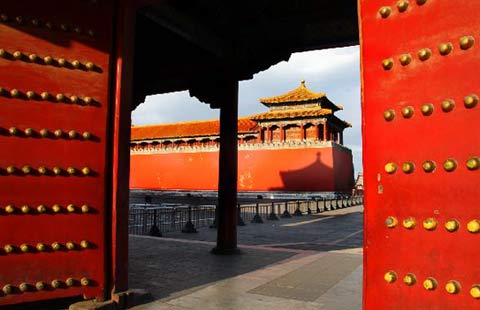Graffiti art arises out of the shadows
By Chen Nan ( China Daily ) Updated: 2014-06-24 07:08:57
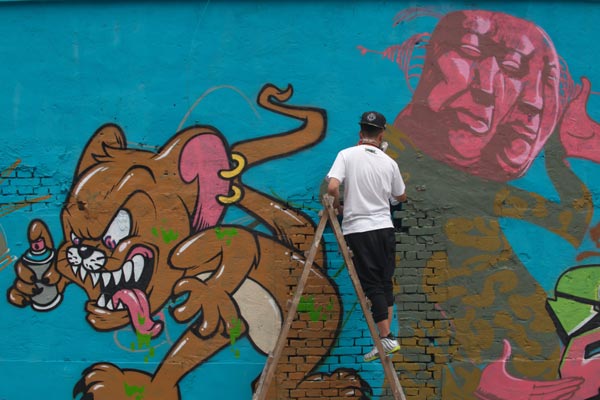 |
|
A graffiti artist works on an unfinished project on the wall of a back alley in Beijing. Wei Xiaohao / China Daily |
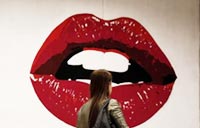 |
| Graffiti and street art exhibition in Athens |
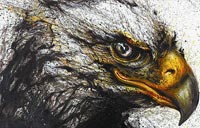 |
| Graffiti with Chinese characteristics |
In loose jeans, armed with gas mask and a black backpack, Ye Shu walks into the woods next to Jingmi Lu, a road beside Beijing's airport expressway. He glances around making sure no one is watching before taking out the spray cans from his bag. For graffiti artists like Ye, the woods, stretched across 2 kilometers, are a perfect playground.
He will spend hours or even a whole day in these woods, spraying colors on the wall, admiring his work for a few seconds and taking photos of it. Ye, 30, has been doing this for nearly 10 years.
A new generation of urban youth seeking new ways to express themselves has seen graffiti emerge from the underground. Graffiti artists, like Ye, are eager to attract a wider audience to their art.
A tag featuring the Chinese characters, "Za Tou", which is rumored to have been created by a foreigner named Zato, can be seen throughout the city, from store's roller doors to hutong walls.
In May, a large graffiti appeared overnight under the Anzhenqiao Bridge in northern Beijing and received wide attention.
"I love painting there because the walls are hidden behind the woods and unnoticed by police. It's really frustrating to see an unfinished work whitewashed by police," Ye says.
But Ye no longer has to paint on hidden walls. In fact, he is making a living as a graffiti artist.
|
|
|
|
|
|
|
|


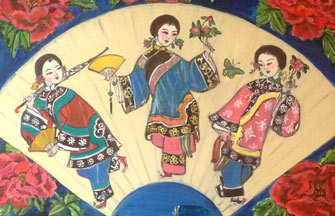


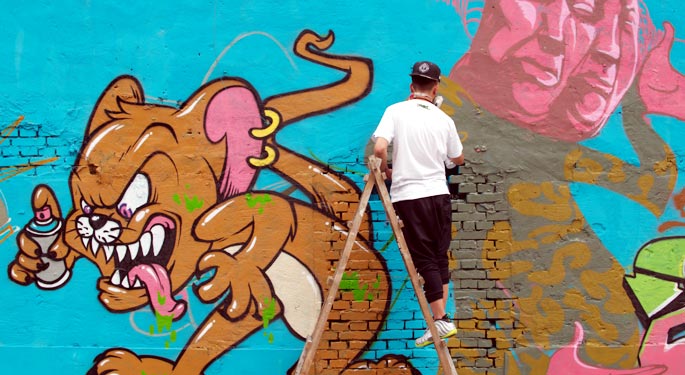
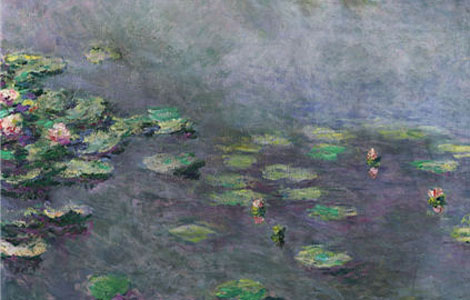




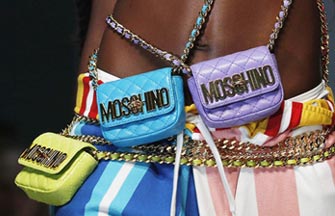





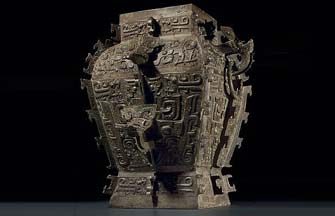



 Raymond Zhou:
Raymond Zhou: Pauline D Loh:
Pauline D Loh: Hot Pot
Hot Pot Eco China
Eco China China Dream
China Dream China Face
China Face
